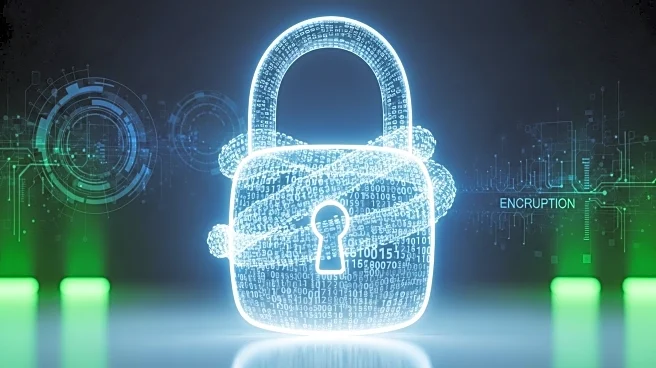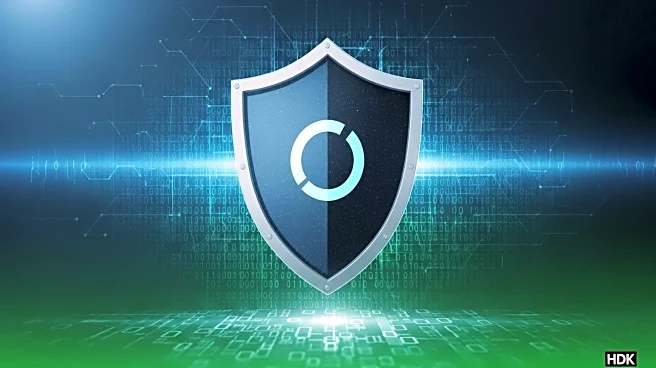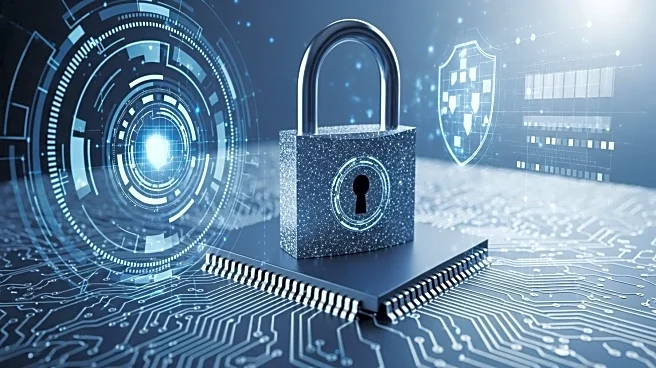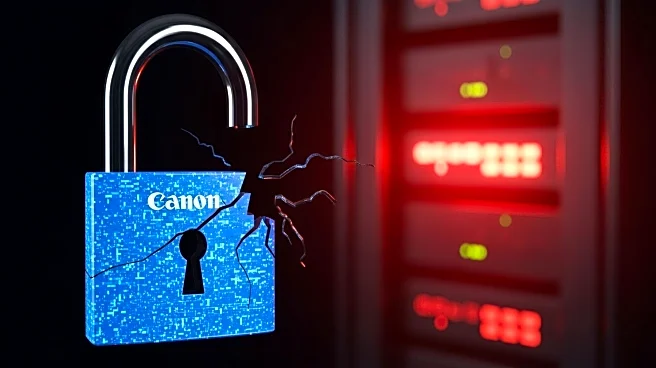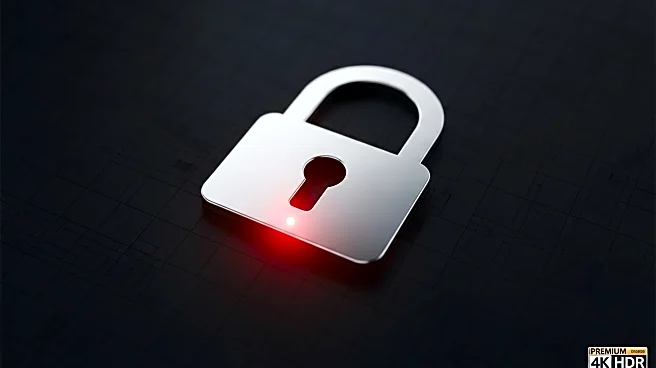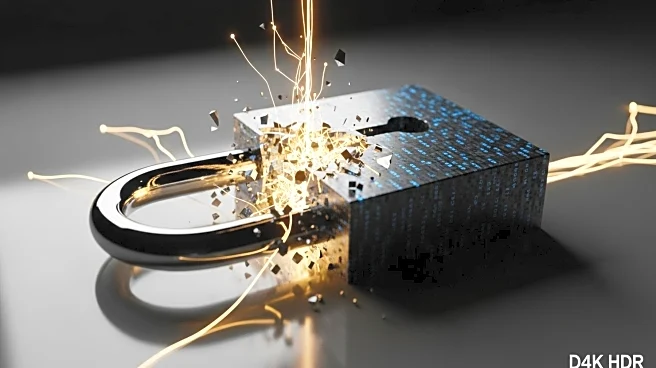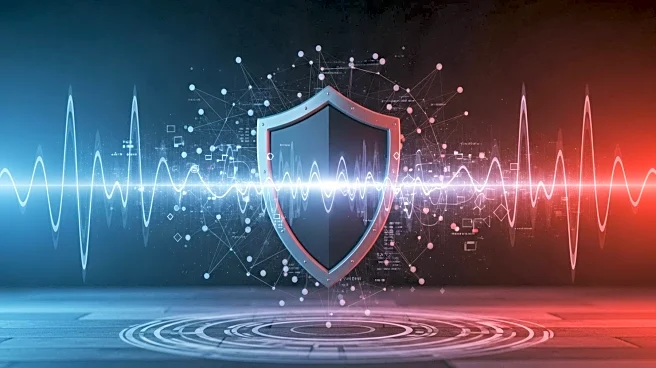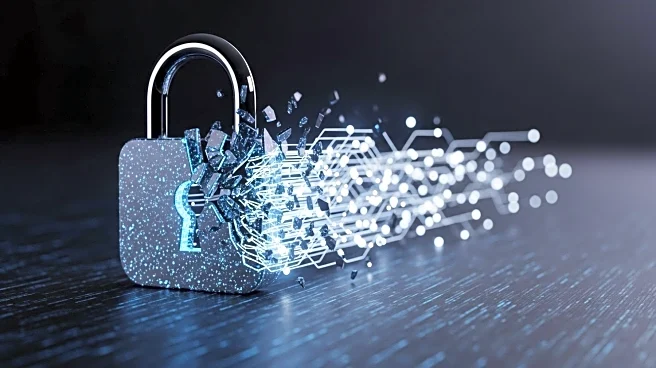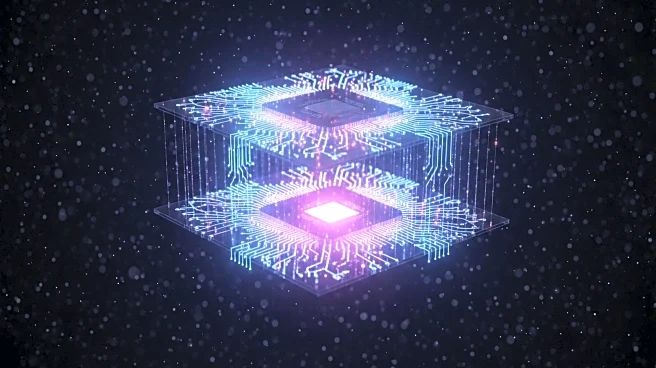What is the story about?
What's Happening?
Signal has implemented a post-quantum encryption update to its messaging protocol, enhancing security against potential quantum computing threats. The update introduces quantum resistance to the existing Double Ratchet mechanism, which evolves secret keys with each message sent or received. This ensures that even if a secret is compromised, previous messages remain secure. The update replaces the X3DH key agreement with PQXDH, making the handshake quantum-resistant. The Symmetric Ratchet and Diffie-Hellman ratchet work together to maintain forward secrecy and post-compromise security, protecting messages from future decryption attempts.
Why It's Important?
The integration of quantum-resistant encryption in Signal's protocol is a significant step in safeguarding digital communications against future quantum computing capabilities. As quantum computers become more powerful, traditional encryption methods may become vulnerable, posing risks to privacy and data security. Signal's proactive approach to incorporating quantum resistance ensures that its users' communications remain secure, reinforcing its reputation as a leader in privacy-focused messaging. This development highlights the importance of adapting security measures to anticipate technological advancements and protect user data.
What's Next?
Signal's update may prompt other messaging platforms to consider similar enhancements to their encryption protocols, fostering a broader industry shift towards quantum-resistant security measures. As quantum computing technology progresses, ongoing research and development in cryptography will be crucial to maintaining secure digital communications. Signal's commitment to privacy and security may influence regulatory discussions and standards for encryption, potentially leading to new guidelines for protecting user data in the quantum era.
AI Generated Content
Do you find this article useful?
